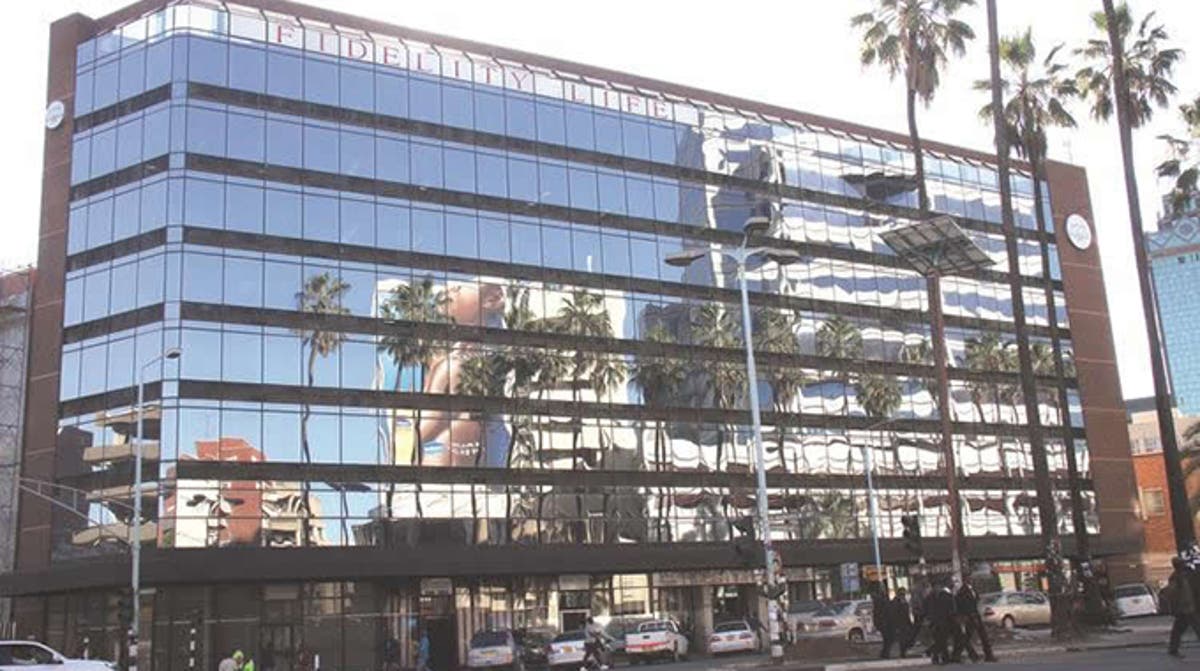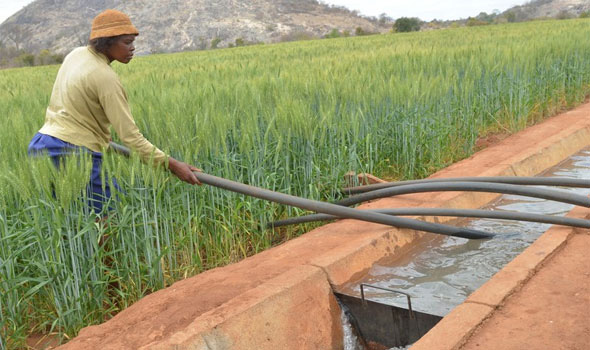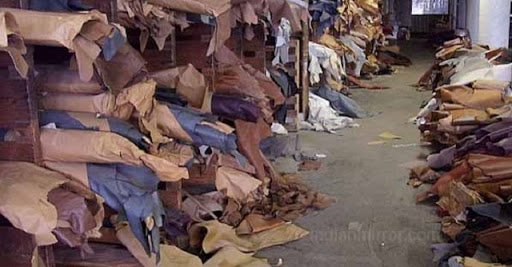Retail and wholesale sector projected to grow to US$5,2 billion
THE retail and wholesale sector is this year projected to grow to US$5,2 billion from the current US$4,1 billion on the back of increased branch networks and increased shop density, the Minister of Industry and Commerce Dr Sithembiso Nyoni has said.
The sector is also expected to create more jobs and significantly contribute to the country’s Gross Domestic Product.
“The Retail and Wholesale Sector in Zimbabwe is one of the most diverse industry sectors as it encompasses all enterprises that provide goods and services directly to consumers and households.
“The Wholesale and Retail Trade sector is projected to grow to US$5,2 billion by 2023 from the current US$4,1 billion, on the back of increased branch networks and increased shop density.
“Retail outlets such as Choppies, Pick & Pay, Spar, OK Zimbabwe and N. Richards, among others, have expansion plans to open approximately five (5) branches every year. There are new players investing in retail, distribution and wholesaling.”
Dr Nyoni said a vibrant retail and wholesale sector plays an important role as the country continues to develop economically and strives to provide essential goods and services to all consumers in line with the objective of achieving a Prosperous and Empowered Upper Middle-Income Society by 2030.
“In addition, this sector is expected to expand, create more jobs and significantly contribute to the country’s Gross Domestic Product. Since the advent of the Second Republic, developments in the Retail and Wholesale sector have visibly taken place across the whole country in line with the Open for Business mantra espoused by His Excellency President E. D. Mnangagwa and policies such as the National Development Strategy 1 (NDS1),” she said.
She said the growth of the sector has seen robust physical structures of shopping malls which have become increasingly popular in major areas in Bulawayo, Gweru, Marondera and Harare.
“The new malls are occupied by retail giants mainly from neighboring South Africa, such as Spar Supermarket and Pick n Pay, among others.
“These foreign direct investors have greatly altered the landscape of the retail sector and also accentuated the level of competition in the industry by providing quality and a wide variety of foodstuffs, groceries, furniture, building, and construction materials.
In August, while outlining the country’s provincial GDP for 2022, Zimbabwe National Statistics Agency (ZIMSTAT) Director General, Mr Taguma Mahonde said the wholesale and retail trade were the main economic drives for three provinces, Bulawayo, Harare and Masvingo.
Most buildings in the central business districts of cities and towns are now being converted into small cubicles, which are then leased out to interested occupants.
The new model suits grocery outlets, boutiques, salons, garment-making materials, electrical appliances, furniture, building materials, bedding, cellphone and accessories, spare parts, clothes among other things.
For instance, in Bulawayo, 32,2 percent of the GDP came from the wholesale and retail trade sector, while Harare saw a 24,5 percent contribution and Masvingo province registered 18,5 percent.
Dr Nyoni added that in order to attain the National Vision of an Upper Middle-income Economy by 2030, the commercial sector is one of the key strategic pillars, whose role is to avail goods and services to consumers, contribute to the Gross Domestic Product (GDP) and generate employment.
She noted that the commerce sector also contributes to the achievement of the US$8 billion manufacturing and commercial sector milestone towards the achievement of our national vision.
“The commerce sector, consisting of the Wholesale and Retail trade, accounts for 16,9 percent of GDP and employs a labour force of 68,300 people.”
However, Bulawayo City Council economic development officer Mr Kholisani Moyo said there is a need to restore sanity in the distribution chain noting that there is a distortion as some pockets of the manufacturing sector are now selling directly to final users excluding wholesalers and retailers.
He noted that some companies are choosing the United States dollar rather than using local currency, which has seen them wanting to collect hard cash directly from vendors and small retailers.
“Let’s revive chains of distribution. You find out that goods are now moving from the producers directly to the final consumers because companies need foreign currency as you find goods in the streets being sold directly to the consumers and that is affecting our industry,’ said Mr Moyo.-cronicle












